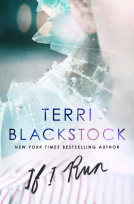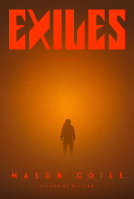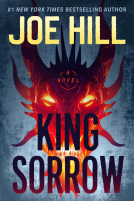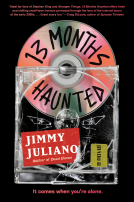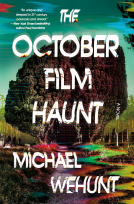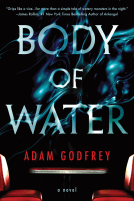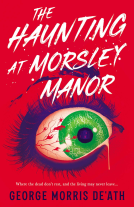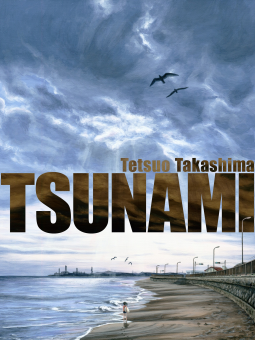
TSUNAMI
by Tetsuo Takashima
This title was previously available on NetGalley and is now archived.
Send NetGalley books directly to your Kindle or Kindle app
1
To read on a Kindle or Kindle app, please add kindle@netgalley.com as an approved email address to receive files in your Amazon account. Click here for step-by-step instructions.
2
Also find your Kindle email address within your Amazon account, and enter it here.
Pub Date Aug 05 2016 | Archive Date Sep 11 2016
Description
On March 11th in 2011, Japan was hit by a terrible disaster. Magnitude 9.0 earthquake shook the eastern part of Japan and following tsunami devastated Tohoku (north eastern Japan) coast completely. A nuclear power plant in Fukushima experienced a serious hazard and meltdown, its leaked radiation polluted the surrounding land, sea, and air. You might still be able to remember the horrible scenes like a big river rushing backward and flooding a whole plain, white plumes rising from nuclear power plant's damaged buildings, LPG tank fire emitting black smokes over the sky of Tokyo, mass of people walking home without any transportation or electricity, etc. Yes, we're living in a vulnerable world, where a big quake could cause terrible tragedy, especially with big tsunami.
This fictionalized simulation was originally written in 2005, but predicted the horror of big quake and tsunami, especially when it hit the location of a nuclear power plant. The protagonist, Shunsuke Kuroda and the people around him had experienced 1995 Kobe earthquake and 2004 Indonesian tsunami, and chose their separate battlefields against that kind of natural disasters. But the Big One strikes beyond their imagination.
TSUNAMI by Tetsuo Takashima is a book of warning. And it could happen to you as long as you live on this earth which has been alive and kicking for the past 4.6 billion years.
Available Editions
| EDITION | Ebook |
| ISBN | 9784089600092 |
| PRICE | $13.98 (USD) |
Links
Featured Reviews
This book is advertised as a technothriller, which is fair, but it's nine parts techno and one part thriller. Written in 2005, the publisher claims that it predicted the 2011 Tōhoku earthquake. I have mixed feelings about that.
The story posits a Tōkai earthquake which involves the Philippines plate rather than the Pacific plate, and did its main damage in southeast Japan rather than northeast. Predicting a Tōkai earthquake is not exactly going out on a limb. For over 1,000 years there has been one every 90 to 200 years, and since the last one was in 1854, experts think one is more likely than not within the next 30 years (some would give a shorter period). The big surprise with Tōhoku is a 9.0 earthquake (the fourth most powerful on record) was 16 times as powerful as was believed possible from the fault. The book concerns a confluence of three 8.0 to 8.2 magnitude quakes instead, which even combined is only about 10% of the energy of Tōhoku.
The author did correctly foresee that most of the damage would come from tsunamis three to ten times as large as predicted, this was the case with Tōhoku. There are four main ways earthquakes kill large numbers of people, building collapse, fire, tsunami and starvation and disease in the aftermath. In most historical earthquakes, one of the four killers has dominated. The book also includes a subplot with a core meltdown in a nuclear power plant, but it bears little resemblance to the actual events at the Fukushima plant. The book posits earthquake damage and managers disabling automatic shutdown systems, the real event was caused by the tsunami and lax planning and maintenance procedures.
Perhaps the most impressive prediction is some of the problems with evacuations, relief supplies and disposing of dead bodies. The scary thing is all of these things happened in Tōhoku, even though the casualties were only 5% of what the author imagines. It does not bear thinking about how authorities would have coped if Tōhoku had been 20 times worse.
The characters and plot are pretty wooden, and for all of the geophysical drama, the story never gets exciting. The author invents a number of horrific scenarios, some of which are pretty creative, but he lacks the skill to make them come alive. Nevertheless the story is compelling in its realism and detail. The author knows a lot about earthquakes, tsunamis, nuclear power plants and disaster recovery. He explains it in clear terms and brings it home with gruesome details (being caught in a tsunami is like "being in a washing machine filled with muddy water, hammers and knives" and the reader will not soon forget the character trapped in a lightless flooding underground shopping mall in which the corpses sink and the rats swim).
However, the book is not primarily about the physical devastation from natural disasters, its about human attitudes toward the planet. One protagonist quits a promising academic career in earthquake prediction to take a low-level job in a municipal disaster preparation agency, where he creates a grassroots information network to provide the services frustrated by centralized, top-down bureaucratic planning. The debate between the value of prediction versus preparedness runs through the book. Another is the value of rapid recovery versus rethinking the social choices that exacerbated the last problem. Finally, there is a plea for what I would call a Pax Ingeniare, in which suspicion and differences among peoples are set aside so that selfless, humble, brave engineers can fix things.
The book is a three star thriller that rates five stars due to the education the author provides along with the intelligent speculation.

